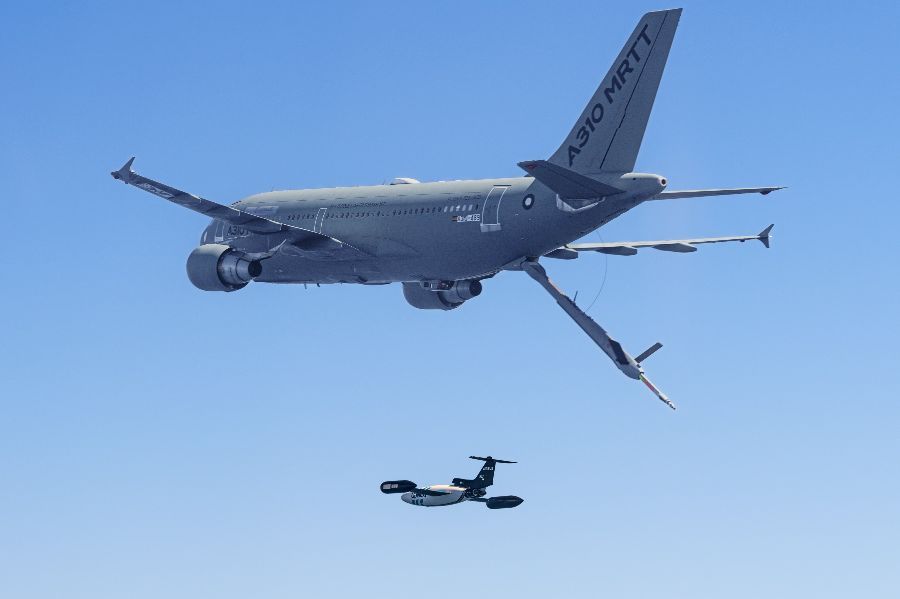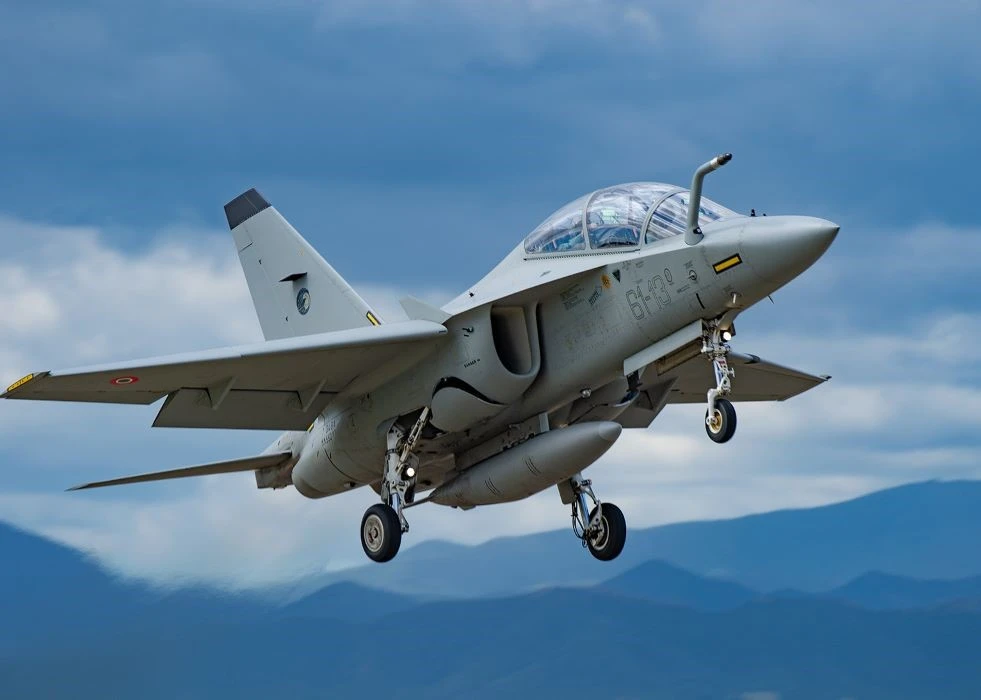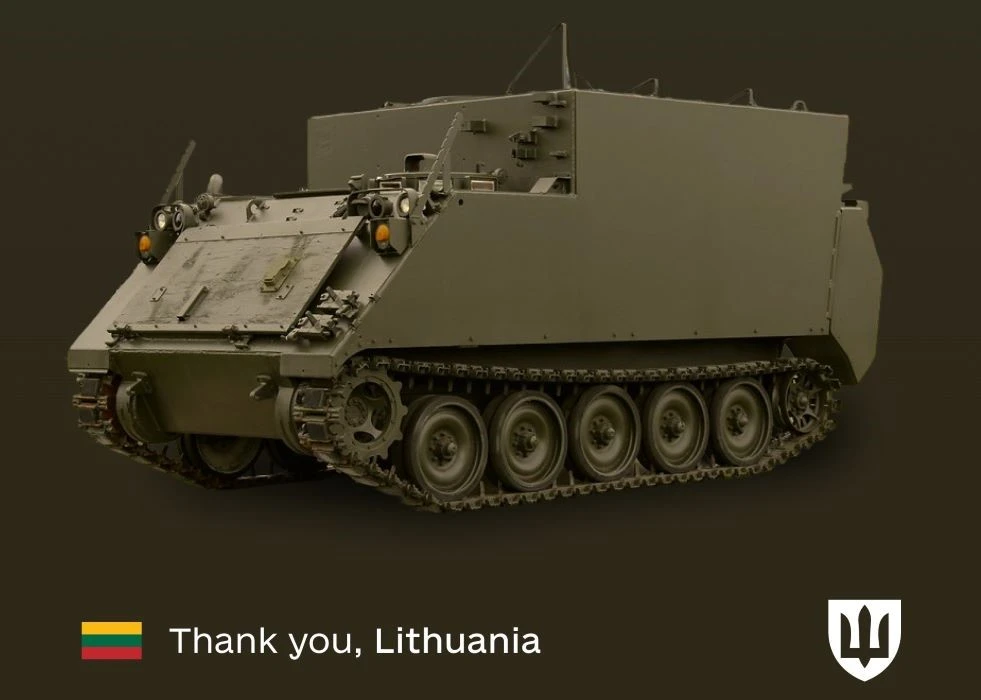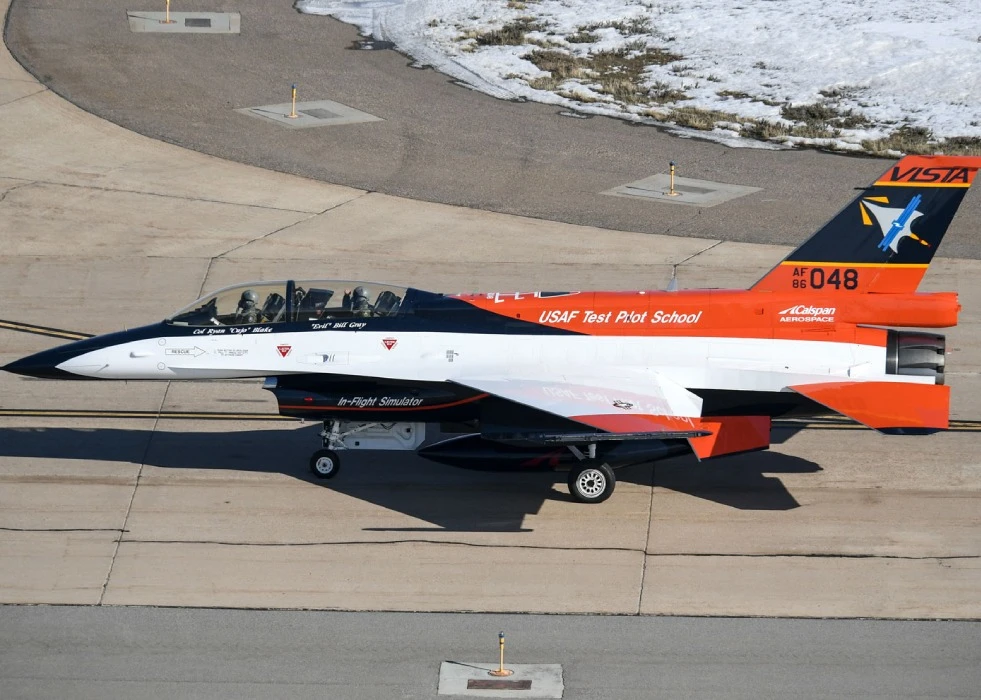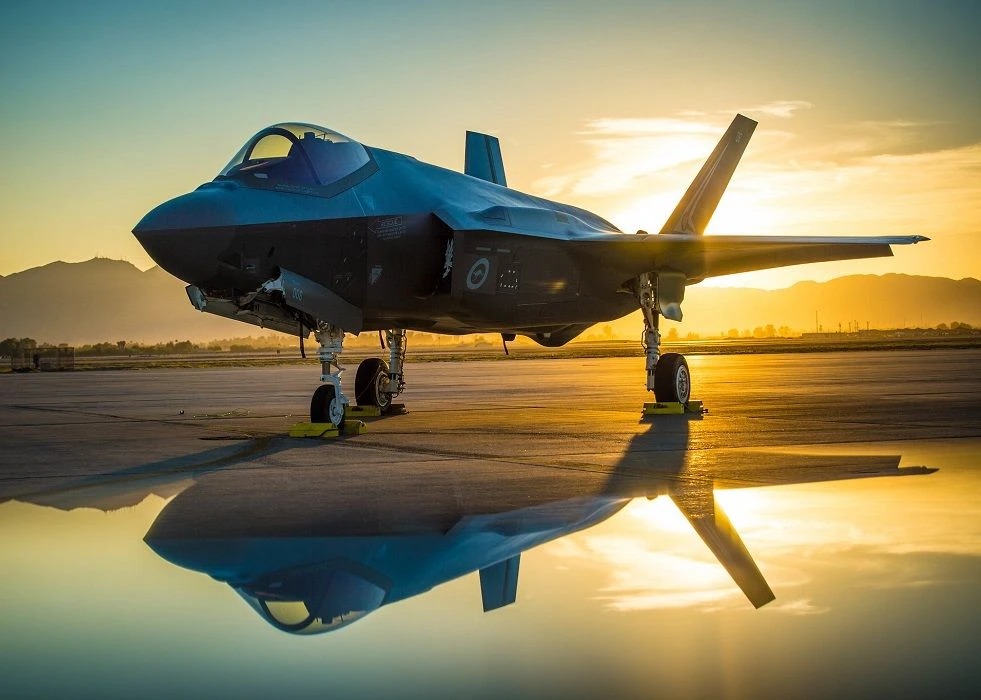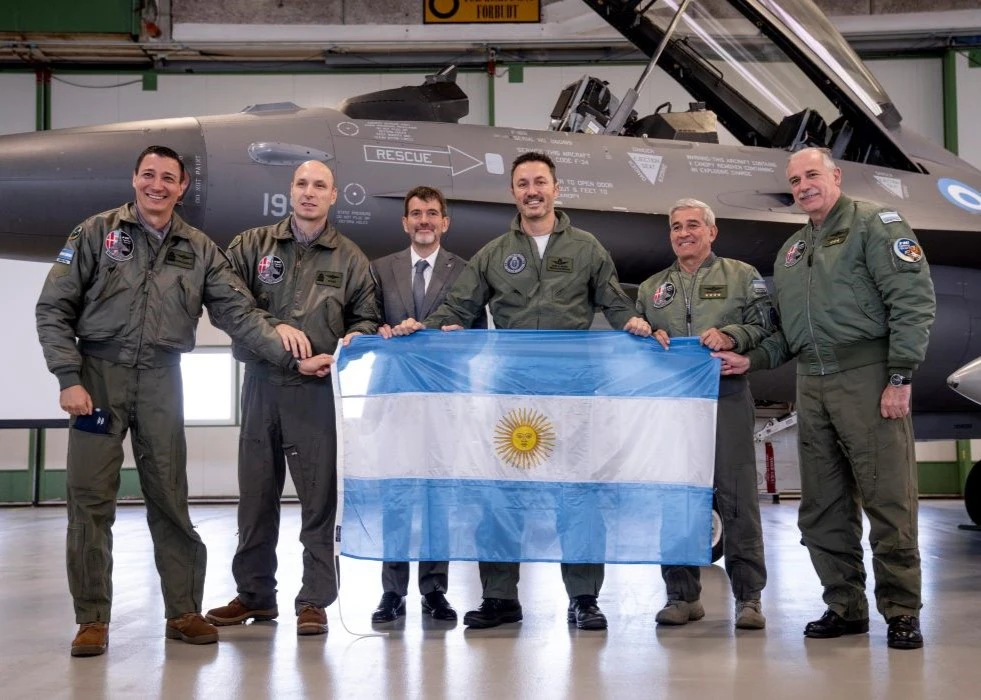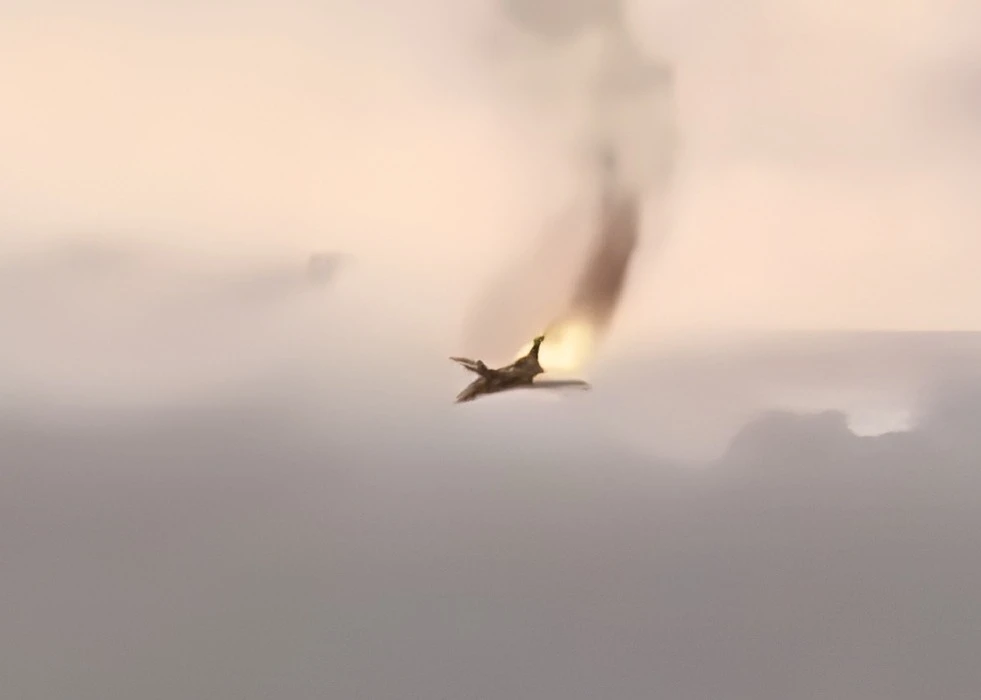Airbus company’s subsidiary, Airbus UpNext, controlled some UAVs using an A310 MRTT in a first step towards Autonomous Formation Flight and Autonomous Air-to-Air refuelling (A4R). These technologies set new development examples for future aerial operations involving both manned and unmanned aircraft.An A310 MRTT flying testbed, with Auto’Mate technology on board, took off from Getafe, Spain, on March 21. Several DT-25 target drones to act as receiver aircraft fled from the Arenosillo Test Centre (CEDEA) in Huelva, Spain, to involve in the testing process.
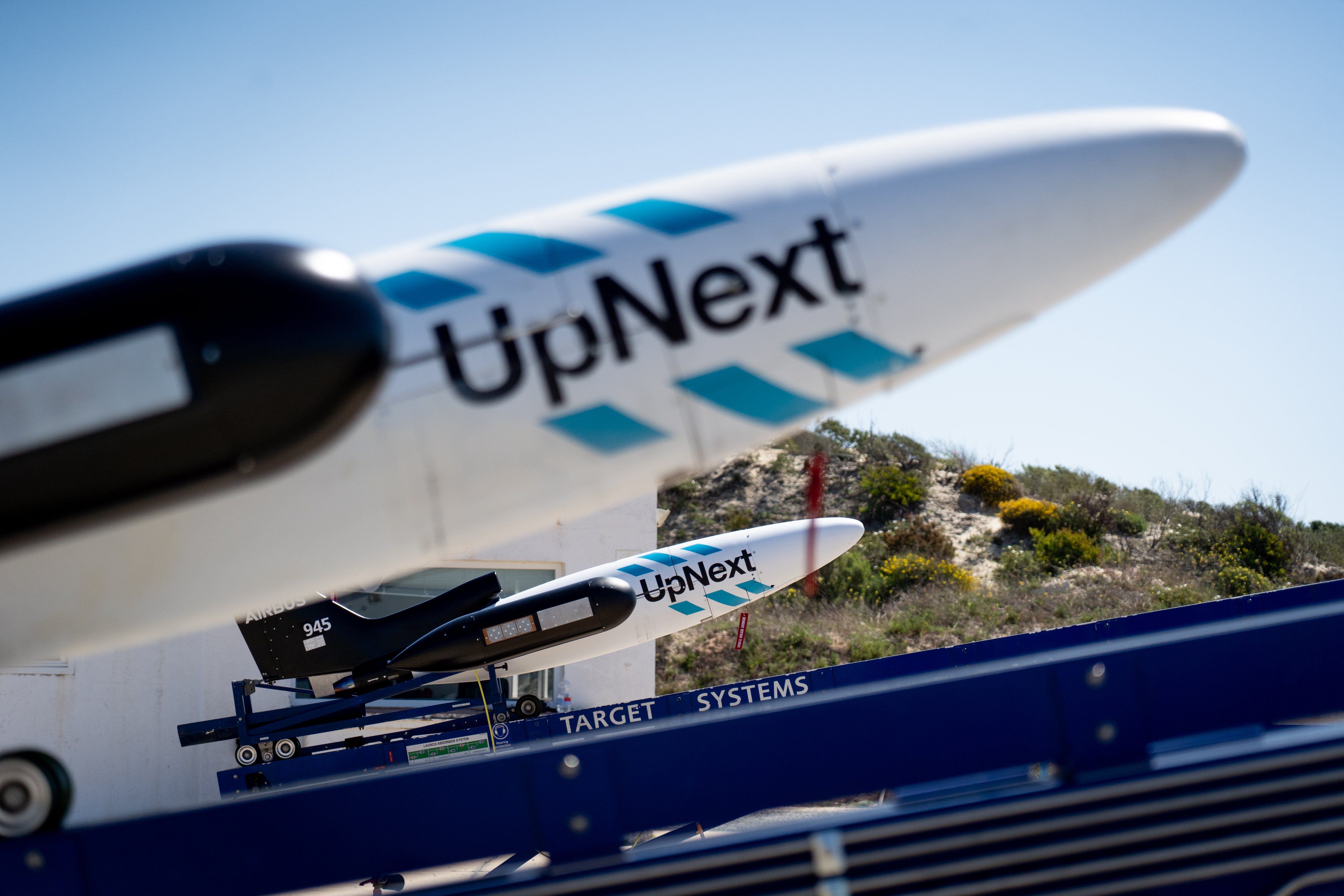
The drone’s control transitioned from a ground station to the A310 MRTT over the waters of the Gulf of Cadiz, autonomously guiding the DT-25 to the in-flight refuelling position.
The four successively launched receivers were sequentially controlled and commanded without human interaction during nearly six hours of flight testing, thanks to artificial intelligence and cooperative control algorithms. The various receiver UAVs were controlled and guided until they were within 150 feet (around 45 metres) of the A310 MRTT.
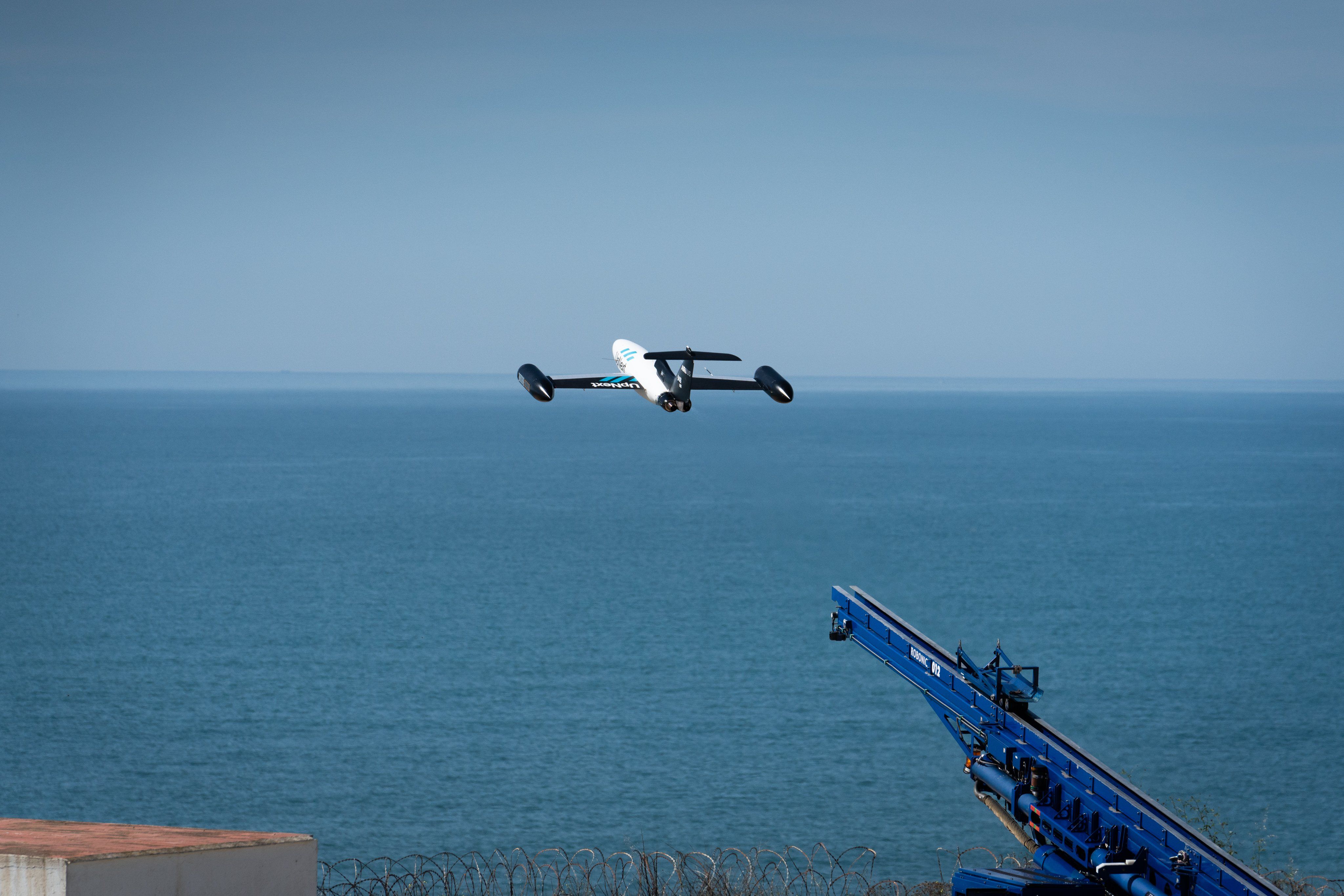
The Auto’Mate demonstrator technology is built around three pillars:
Accurate Relative Navigation to determine the tankers and receiver’s relative position, speed, and attitudes;
Communication systems between platforms enables information exchange between assets, increasing the system of systems’ autonomy.
Cooperative Control Algorithms provide the tanker and receiver/s with guidance, coordination, consensus, and collision-avoidance functionality.
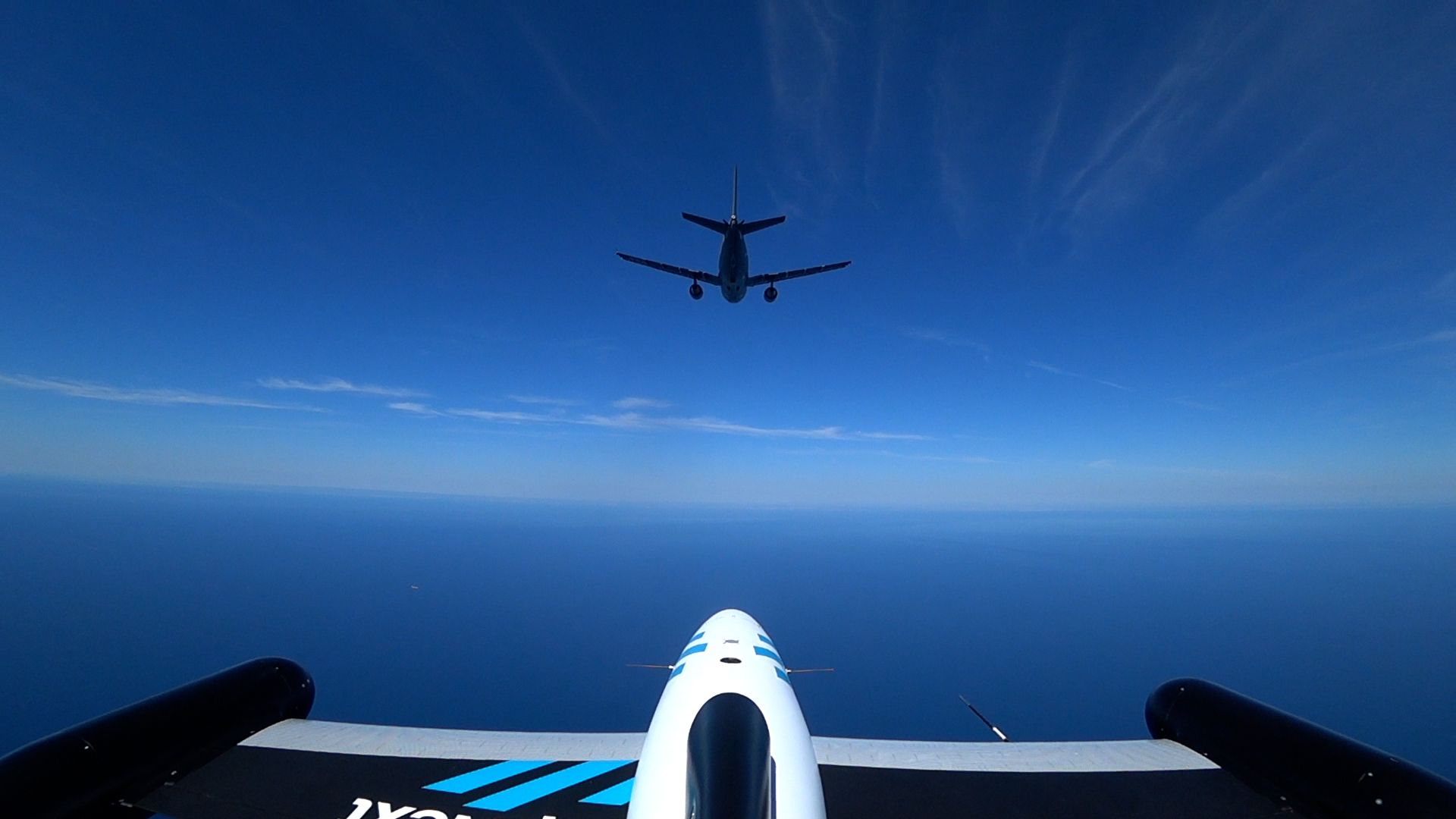
Developed by a European team from Spain, Germany and France, these technologies will continue to increase the capability gap among competitors and be re-used in key technological projects, such as the Future Combat Air System (FCAS).
A second campaign is expected towards the end of 2023, exploring using navigation sensors based on artificial intelligence (AI) and enhanced algorithms for autonomous formation flight. In addition, two simulated drones will fly in the vicinity of the A310 MRTT to show multi-receiver autonomous operations and collision-avoidance algorithms. These simulations will take place in the air.

